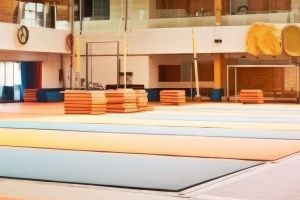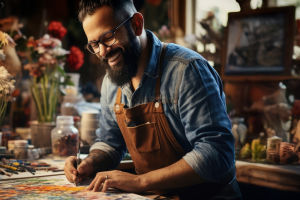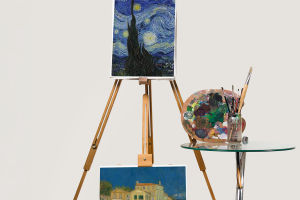Choosing the right camera and lens can feel overwhelming, especially with so many models, brands, and numbers thrown around. But don't worry—we've all been there.
Whether we're beginners or hobbyists looking to upgrade, getting the right gear can make a huge difference in the photos we take. Let's break it down together, in plain English.
Know your photography style first
Before buying anything, let's ask ourselves: what kind of photography do we love? Portraits, landscapes, street moments, wildlife, or maybe product shots? Each type has its own gear preferences. A travel photographer might need a lightweight, all-in-one setup. A portrait shooter might care more about background blur. Knowing our style helps narrow the options.
Camera types: what's the difference?
We generally have three main choices:
• Smartphones – Great for casual or on-the-go shots. Most now offer solid image quality and even manual controls.
• Mirrorless cameras – Compact, powerful, and beginner-friendly. They've quickly become a favorite because of their lightweight bodies and great image quality.
• DSLRs – Heavier, but still loved for durability and long battery life. Excellent for those who want optical viewfinders and a wide lens selection.
For most of us, a mirrorless camera strikes a good balance between quality and convenience.
Megapixels aren't everything
A common mistake is to only look at megapixels. In truth, anything above 20MP is more than enough for most needs, including printing. What matters more is sensor size. APS-C sensors are great for beginners. Full-frame sensors offer better low-light performance and more control over depth of field—but they usually come at a higher cost.
Lens basics: prime vs. zoom
Now for the fun part—lenses! They matter even more than the camera body when it comes to creative control.
• Prime lenses have a fixed focal length (like 50mm). They're sharper and often lighter. Great for portraits or learning composition.
• Zoom lenses cover a range (like 24–70mm). Very convenient for travel or events where we can't move closer.
We don't need 10 lenses to start. One good lens that matches our needs can do wonders.
Match lens to your goals
Here are some basic pairings to consider:
• Portraits: 50mm or 85mm prime lens with a wide aperture like f/1.8 gives beautiful background blur.
• Landscapes: A wide-angle lens (like 16–35mm) captures sweeping views.
• Street: A 35mm lens offers a natural field of view.
• Travel: A zoom like 24–105mm gives flexibility without needing to switch lenses often.
• Wildlife or sports: Telephoto lenses (like 70–200mm or 100–400mm) let us shoot from a distance.
Let's choose based on what we actually shoot—not what sounds fancy.
Don't ignore weight and size
A bulky setup might stay at home. A smaller, more portable one gets used more often. We should ask: will I carry this all day? If not, maybe a lighter mirrorless body with a compact lens will be the smarter pick. The best camera is the one we actually use.
Consider compatibility and future growth
If we're buying a camera system, let's think long-term. Can we easily find lenses for it later? Are there adapters if we want to use different brands? Some camera brands like Canon and Fujifilm have large ecosystems. It's helpful to pick a system we can grow with as our skills improve.
Extras we shouldn't forget
A great setup also includes:
• A decent SD card (fast and reliable)
• A tripod (especially if we do long exposure or video)
• A spare battery
• A cleaning kit
• A padded camera bag for safe transport
These small things can make a big difference in how smooth and enjoyable our shooting experience is.
What's your dream setup?
Lykkers, now it's your turn—what kind of photos do you love to take? Whether you're chasing sunsets, snapping portraits, or capturing everyday moments, the right gear makes the experience smoother and the results more satisfying.
Let us know what you're using or hoping to upgrade to. Maybe we can help each other decide what's really worth the investment!


